at Vs+ = 5 V, Vs– = GND, Vocm is open,
50-Ω single-ended input to differential output, RF = 402 Ω, Gain = 2 V/V, Rload = 500 Ω, and TA
≈ 25°C (unless otherwise noted)
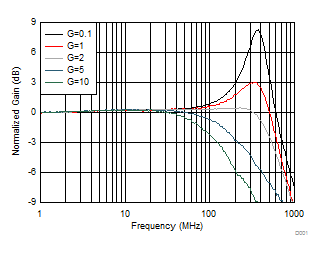 Figure 7-1 Small-Signal Frequency Response vs Gain
Figure 7-1 Small-Signal Frequency Response vs Gain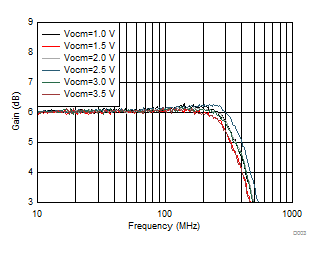 Figure 7-3 Small-Signal Frequency Response vs Vocm
Figure 7-3 Small-Signal Frequency Response vs Vocm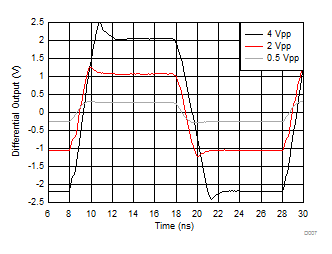
| 50-MHz input, 0.3-ns input edge rate, single-ended to
differential output, DC coupled |
Figure 7-5 Small- and Large-Signal Step Response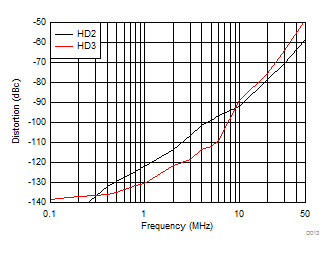 Figure 7-7 Harmonic Distortion Over Frequency
Figure 7-7 Harmonic Distortion Over Frequency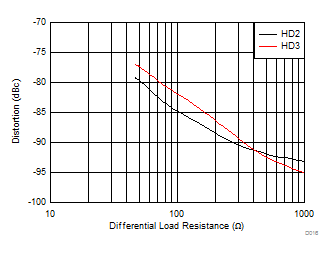 Figure 7-9 Harmonic Distortion vs Rload
Figure 7-9 Harmonic Distortion vs Rload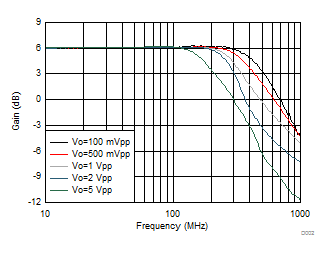 Figure 7-2 Frequency Response vs Vopp
Figure 7-2 Frequency Response vs Vopp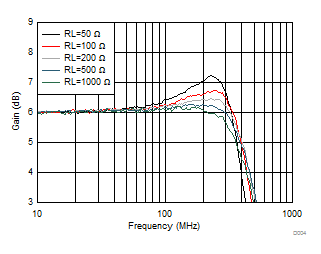 Figure 7-4 Small-Signal Frequency Response vs Rload (RL)
Figure 7-4 Small-Signal Frequency Response vs Rload (RL)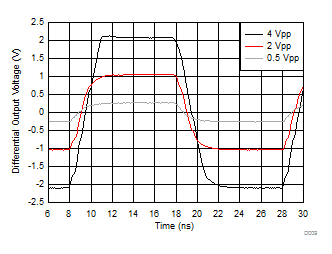
| G = 5 V/V, 50-MHz input, 0.3-ns input edge rate,
single-ended input to differential output |
Figure 7-6 Small- and Large-Signal Step Response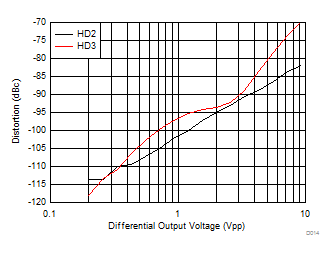 Figure 7-8 Harmonic Distortion vs Output Swing
Figure 7-8 Harmonic Distortion vs Output Swing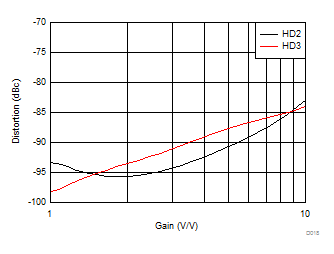 Figure 7-10 Harmonic Distortion vs Gain
Figure 7-10 Harmonic Distortion vs Gain









